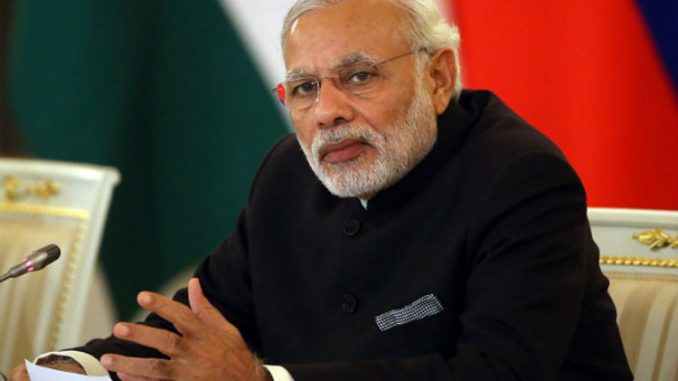
Finance Minister Jaitley has challenge of balancing growth and prudence while he stands up to present his 5th Budget and Modi government’s last full budget. Every year round the budget time chorus grows for abolishment of income tax. BJP’s Subramanian Swamy has been a big proponent of this theory. In this post I analyze whether there is merit in this theory. If carried out this has the potential of bringing an orgasmic feeling to the individual tax payers.
PROS
The advocates of this theory claim that the net take home would increase by 10%-40% depending upon the tax bracket. This can have a huge impact on savings and consumption which can in turn boost industry and services growth. Also, this is likely to force the government to cut down on frivolous expenditure. It is also likely to force the government to get rid of many loss-incurring public-sector enterprises, which continue to bleed as pointed out by Vivek Kaul. 4.07 crore individuals filed I-Tax returns in assessment year 2015-16. Out of this 2 crore report zero income tax. So only 1.5% of the population pays income tax. Why burden this small population, abolishment of income tax will ensure parity among citizens. Everybody will pay just indirect taxes.
CONS
Total personal income tax collection was Rs. 353,174 crores in 2016-17. This is estimates to increase to Rs. 441,255 crores in 2017-18. This accounts for c.20% of total budgeted receipts of the government for 2017-18. If government forgoes this amount its revenues would decline. If revenue decreases, government will have to reduce expenditure or compensate through some other avenues of revenue to maintain deficit at current levels. Some of the social benefit schemes like NREGA, FSB, fuel subsidies where there are significant leakages (and work has been done to contain the same) would need to be curtailed. But this may backfire against the government politically.
PARTIAL LOSS OF REVENUE CAN BE COMPENSATED
If this amount is left in hands of tax payers, c.30% could be saved as per the current savings rate of India. This means Rs. 132,375 crores could find its way into bank deposits, LIC plans, mutual funds, equity markets etc. The balance Rs. 308,880 crores could be spent on consumption – electronic goods, travel, clothing etc. On this the government can recover Rs. 57,500 crores as GST and corporate taxes. This way 43% of the revenue loss if income tax is abolished can be recouped. Rs. 441,255 crores account for 5% of the total private consumption expenditure, 12% of turnover of Top 100 companies of India and 2.5% of GDP. Essentially this could add 2.5% to current GDP.
The above represents only the direct effect and excludes the spiraling or the multiplier effect. Employment opportunities would be created when sales of companies’ increases because of increased spending. These people in turn would again save a part and spend the balance of their incomes. Savings would increase the commissions of LIC agents, MF industry representatives etc. They would too in turn spend this increased income leading to increase in demand for goods and services. This spiraling impact is difficult to calculate.
Can the government take such a big risk of abolishing 20% of its total receipts? This is too huge a sum. Despite the fact that only a minuscule pay income taxes, this reason is not strong enough to make individual incomes tax free. The only ways out is to increase the tax net and gradually reduce the burden of the existing lot of tax payers. This is a better way of creating parity.
Click HERE to view more.
You can publish this article on your website as long as you provide a link back to this page.

Be the first to comment